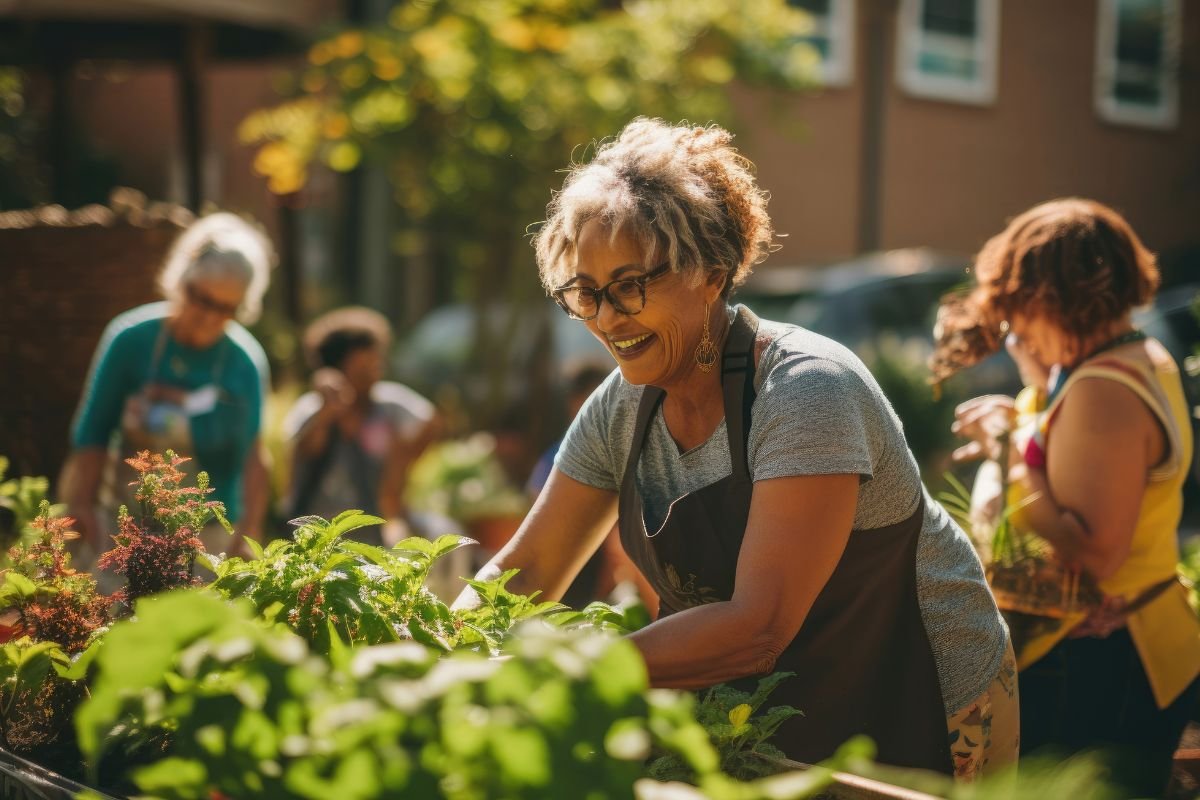The onset of cooler temperatures is the opening of a starting gate for gardeners champing at the bit indoors, clutching their forks and trowels. Previously limited to moonlit watering, they let loose attacking the weeds and bugs and carry everywhere their lists of tasks and plans.
At this time of year there is plenty of vegetable gardening to do, but not much in the way of instant reward. Most Autumn gardening involves either cleaning up after the last harvest of summer or tending winter seedlings that won’t deliver for the table for weeks or months. In between is a great deal of weeding and lugging about of compost. You can get a lot of fun from planning your winter garden, sketching it out on paper, trying new varieties of vegetable and deciding which to sow in the greenhouse and which to plant straight from seedlings bought from the garden centre.
A greenhouse can be just a two-shelf number with a plastic cover from the hardware shop. Growing your own seeds is very satisfying – just remember that one seed sometimes means one vegetable (broccoli) and sometimes one plant (beans) and sow accordingly! Seedlings also make great gifts.
Remember to wear gloves and a mask when opening bags of bought potting mix, because of risk of legionnaire’s disease. Airborne bacteria from the soil can cause lung infection.
Stock up on neem oil, a natural solution to battling most bugs that love your vegetables.
Downy mildew is a fungus that develops on the underside of the large leaves of cauliflower, broccoli and many other vegetables. It loves humidity – and loves Auckland! Most gardening suppliers have a product to combat it, you might even be able to find gardeners in Auckland to help you out.
Prepare the soil
On a sunny day, go through your garden and pull out all dead vegetable plants and any that have gone to seed or bolted. Weed your beds and add compost. Practise green gardening by recycling - stakes and ties pass seasonally between tomatoes and beans, and 1.5l transparent plastic bottles (with labels and ends removed) encourage both celery and leeks to grow strong and tall. If you plan to give up vegetable gardening until salad days return (not unwise given how cheap winter vegetables are), then it’s tempting not to weed it at all. Cover the garden in newspaper (weigh it down) to choke weed growth and unveil at the end of winter.
Much of vegetable gardening success comes down to composting and Autumn is the best time to get a new system started so it has time to decompose before it’s needed in early Spring. Once your household gets into the groove, composting becomes a way of life, plus it saves on rubbish collection fees. The best bin is the type with drawers at the bottom for easy access to the good stuff while you keep loading the goodies in the top. Keep the mix wet with the odd feeding from the hose and of course, throw in those grass clippings. If your garden is low on soil, then an all-purpose garden mix (and compost if you’re short) will bring the garden back to life again.
Auckland Council is encouraging Aucklanders to reduce food waste and is offering free workshops, online tutorials and discounts on worm farms, compost bins and bokashi systems – find out more here. There’s even a food scraps/compost matching service, kind of Tinder for fertiliser?
While you’re in the vegetable garden, check on the health of your herbs. Basil won’t be happy about the cooler weather, so bring him inside. Likewise, any houseplants that have been holidaying in the sun – peace lilies should come back in now and any tropical pot plants.
Bulbalicious
Not all autumn gardening is dull! Here at Crewcut, we love bulbs because they’re hardy, self-sufficient and they set off a lawn to perfection. It’s wonderful after a grim winter to suddenly see the first merry daffodil faces, followed by beautiful tulips, elegant irises and cruisy colourful freesias. Planning this display is masses of fun and helps take the edge off the upcoming cold season. Some bulbs are high maintenance, so if time-consuming gardening maintenance isn’t your thing, best avoid hyacinths.
Try framing the sunny end of your lawn with masses of daffodils or clumps of tulips, set little crocuses in and around a rockery or along a path. Many freesias have a beautiful smell (check the pack) so plant near the house or in a patio pot. Garden centres are always well-stocked with bulbs, or order online from a nursery for more variety. New Zealand has several excellent, reliable bulb nurseries.
Remember – when the flowering is over, wait until the leaves have died before disturbing the plant. The leaves are still collecting energy from the sun and storing it in the bulb for next year’s growth. Depending on the type of bulb, you can dig it up for storing in a dry place, or in some cases (daffodils, crocuses, freesias) leave bulbs in the ground to naturalise (wait for the leaves to brown before snipping off).
Summer bulbs aren’t planted until spring – these include dahlias, begonias and gladioli.
The pointy end is the stem and the messy, rough side is the root system. Plant pointy side up.
Gardening Maintenance tips
Check fastenings on plants and trees such as beans and climbing roses. Make sure ties aren’t too tight or in a position that will hinder new lateral growth.
Newly planted saplings, including hedges, will need support against strong winter winds so choose a stake size accordingly.
If your deck or front steps are mossy, get them water blasted so they don’t become a slippery health hazard over winter. Do this now rather than waiting to do it in the cold and rain.
Clear your section of junk (broken kids’ Christmas presents) and take it to the local recycling centre (tip). Spending all winter watching it rust on the lawn is just depressing on several levels.
An exceptionally long, hot, wet summer has resulted in triffid-like tendrils all over the place and we’ve been inundated by SOS calls from hedge owners. There’s a lot of pruning that you can do with your secateurs to keep things tidy and in check. Look out for upcoming articles here for pruning advice.







































